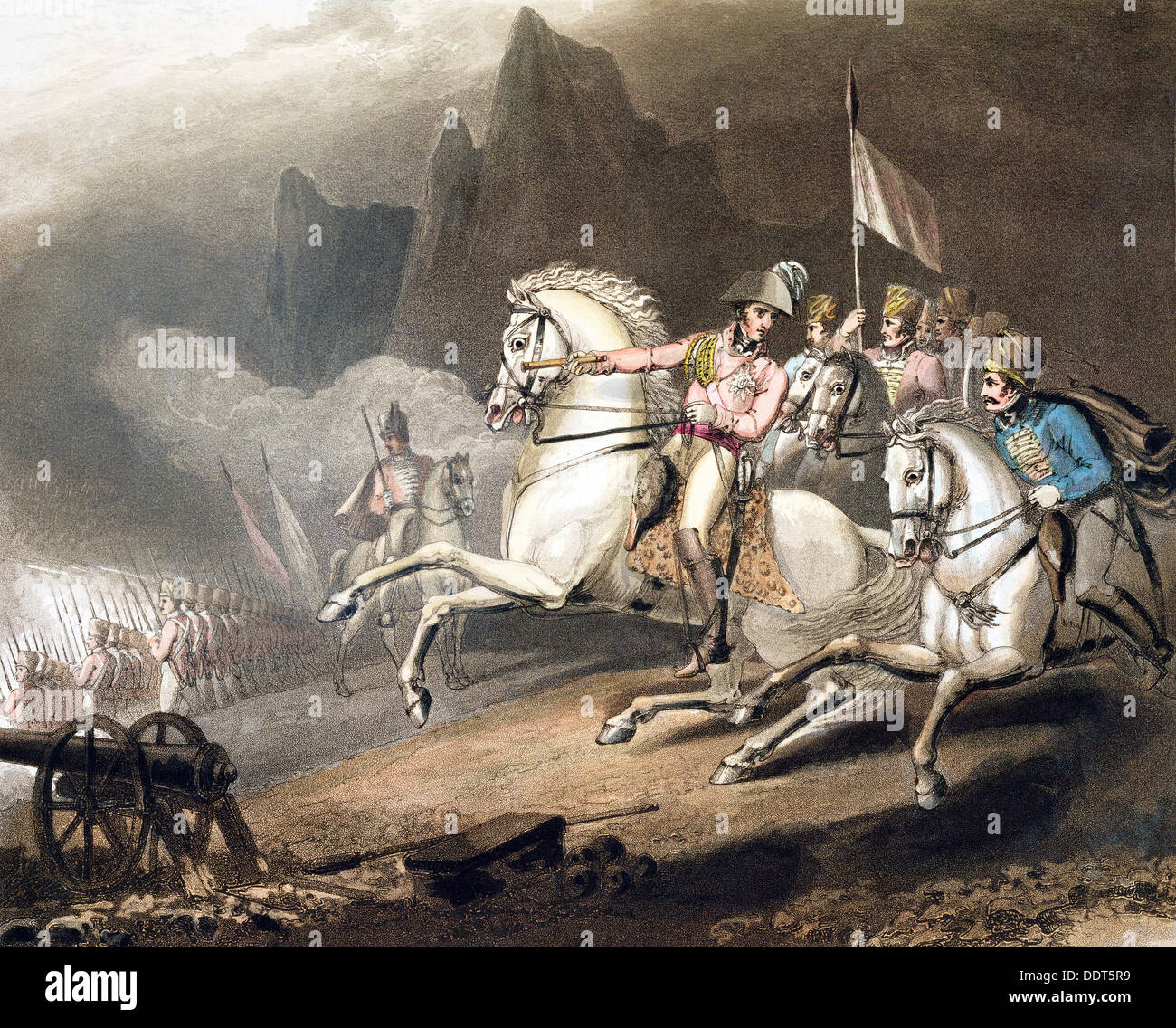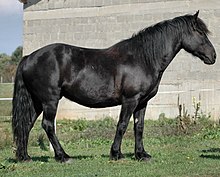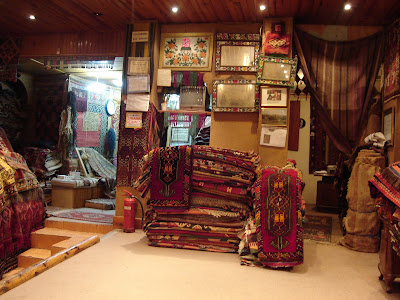
 Writers’ Checklist welcomes Regency romance author Beth Elliott whose pleasure of stories set in that era has stayed with her throughout a career teaching foreign languages in several countries. No wonder she now writes her own Regency tales about adventure and intrigue but mostly with a light touch and a happy ending.
Writers’ Checklist welcomes Regency romance author Beth Elliott whose pleasure of stories set in that era has stayed with her throughout a career teaching foreign languages in several countries. No wonder she now writes her own Regency tales about adventure and intrigue but mostly with a light touch and a happy ending.
What was the first thing you had published?
Apart from non-fiction reports my first published piece was 'Hidden' - a travel article about Prague. It grew out of a writing exercise on being outside, looking in. I wrote that I was standing by a dingy shop window but was enticed by the spicy smell to go inside. I discovered it was a delicatessen; a treasure trove of mouth-watering hams, cheeses, crusty rolls and bright coloured salads. A magazine took it and I had taken a big step forward with my writing.
What are your writing strengths and weaknesses?
 The usual comment is that my writing is very visual and that my chapter endings make the reader want to find out what happens next. I can write a villain well, especially the sort you love to hate. Two of my heroes have become popular with readers, which is most encouraging. I'm now trying to outdo myself in that respect with my current novel. I've been fortunate enough to travel a lot and like to take my characters to places I've seen. So far I don't seem to have overdone the exotic locations.
The usual comment is that my writing is very visual and that my chapter endings make the reader want to find out what happens next. I can write a villain well, especially the sort you love to hate. Two of my heroes have become popular with readers, which is most encouraging. I'm now trying to outdo myself in that respect with my current novel. I've been fortunate enough to travel a lot and like to take my characters to places I've seen. So far I don't seem to have overdone the exotic locations.
As for weaknesses, I worry about varying the pace enough and I know I need to pile on the agony more. My writing buddy constantly urges me to add in more emotion. I'm all for the stiff upper lip, so it's hard to have my hero and heroine embarrassing me like that - but we get there in the end.
Is there a special place you like to write?
'Measure the piano' we told the builder, years ago when our son wanted to learn to play. The instrument was too large for the living room and so we had an extension built. The piano is long gone but the cosy study is my ideal writing room. I can shut the door on the knee-high welter of papers if visitors come. The bookshelves are above the computer so I can glance up to refresh my ideas by looking at a well loved story, or maybe a photo or ornament. A rambling rose [pink] nods outside the window and behind me is an exercise bike that I use while reading what I've just printed off or checking facts in a book.
How important is it to you to plot your novels?
 I would find it impossible to plot a full story and then follow that plan to the letter. My characters simply would not agree. They often surprise me by what they insist on doing. To start a novel I spread out a bunch of faces [collected from magazines] on the table. One of them will immediately assume a character and be involved in a set of events that develops into a story. Next, I pick out their family and friends. Immediately they become real people to me, my "other family".
I would find it impossible to plot a full story and then follow that plan to the letter. My characters simply would not agree. They often surprise me by what they insist on doing. To start a novel I spread out a bunch of faces [collected from magazines] on the table. One of them will immediately assume a character and be involved in a set of events that develops into a story. Next, I pick out their family and friends. Immediately they become real people to me, my "other family".
At this stage I only have an outline plot. Yet already, some scenes are vivid in my mind although I have no idea where or why they must be part of the story - but they always fit in. It's as if the story reveals itself to me once the main outline takes shape. When the structure is set down, my chief concern is to have an accurate timeline.
Why do you think we’re attracted to villains in romantic stories?
The answer has to be in the word 'romantic'. We need a counter-balance to the hero, preferably someone who, with a few tweaks, could himself be a hero. Some writers keep us guessing for a while, which means the villain often has attractive traits. Most girls like to think they could reform the bad boy, so the villain can often appear to be a fascinating character - at least to start with. Whether we regret his refusal to reform or we eventually turn from him in disgust, he's a vital part of a romantic story.
 Who is your favourite heroine?
Who is your favourite heroine?
Elizabeth Bennet. I've known her since I was twelve and for a long time she seemed like the kind and admirable elder sister I wanted. All these years later, I still find her romantic journey credible and satisfying. I never tire of reading her story.
What are you working on at the moment?
I'm doing a final edit on Scandalous Lady. This is set in Constantinople in 1811, when Lady Hester Stanhope is living there. I enjoy blending real people into my stories, although they are never the main character. Like Lady Hester, Olivia is in search of a new, independent life. However, when she encounters a half-French, half-Turkish diplomat with the most beautiful eyes she has ever seen, her resolution is severely tested. The hero is trying to negotiate an end to the war between the Sultan and the Russian Czar but he is beset by villains determined to prevent a peace treaty being signed.
Olivia finds herself struggling to cope with a very different way of life, and this is further complicated when a shadow from her scandalous London past arrives in pursuit of her. This story features oriental palaces and some old Ottoman traditions. Perhaps I should add that my Turkish husband and I lived in Turkey for some years. He had worked as a tourist guide when he was a student and he used to take me round historical sites telling me anecdotes to make the visit more colourful.
What advice would you give to an aspiring historical novelist?
The first essential is to know the period you're writing about. It really jars if you slip up on details that are not correct for that time. I still gulp when I remember reading a story in which Good Queen Bess and her ladies sat down for buttered scones and tea at 5pm every day! So research and more research is fundamental. Then, the second important thing is not to swamp the reader with pages of research details - but to write a novel about your characters who live within the framework of the period that you are confident you know and can enhance by a detail as appropriate.
 Beth Elliott has been in love with the long Regency period since she first opened Pride and Prejudice, aged 12. Beth's first novel,The Wild Card, was shortlisted for the RNA Romance Prize in 2009. Since then she continues to write more Regency tales, set in London, Bath, Brighton or perhaps a more exotic location such as Lisbon or Constantinople.
Beth Elliott has been in love with the long Regency period since she first opened Pride and Prejudice, aged 12. Beth's first novel,The Wild Card, was shortlisted for the RNA Romance Prize in 2009. Since then she continues to write more Regency tales, set in London, Bath, Brighton or perhaps a more exotic location such as Lisbon or Constantinople.
When not writing, Beth reads, does flamboyant bead embroidery and travels. All the places she visits get into her stories, which is a good enough excuse for going.
.




































2 comments: